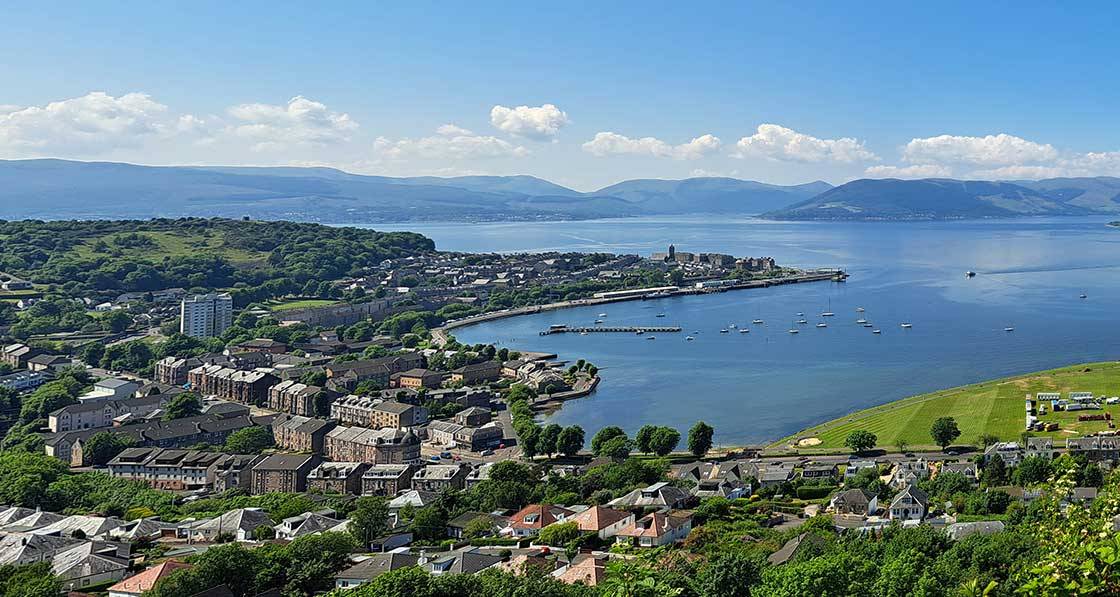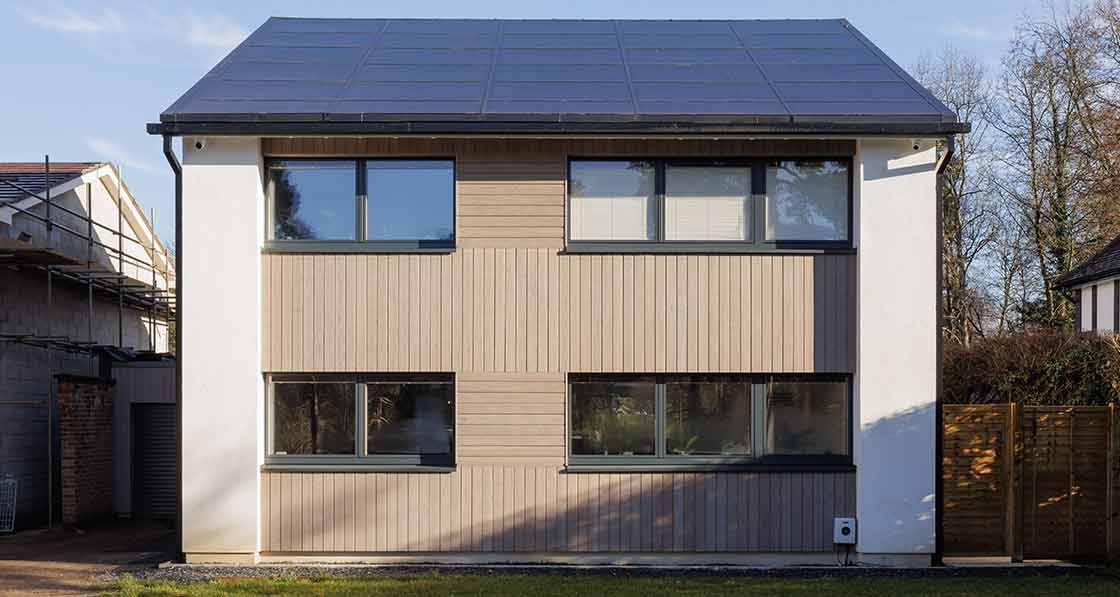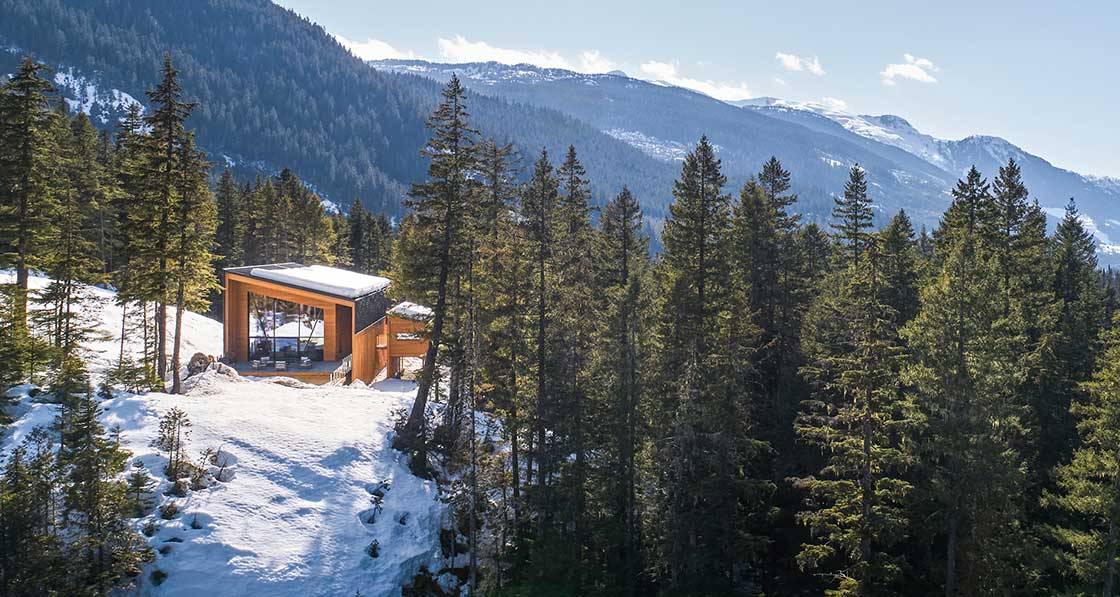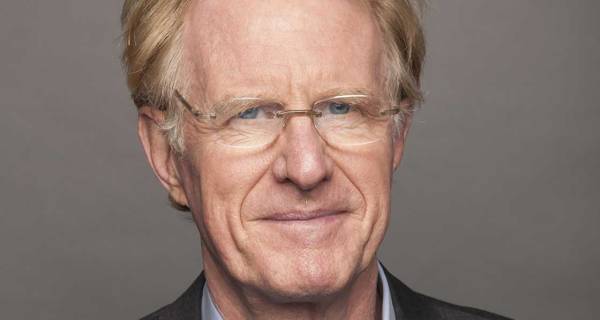Big picture - Triana House boutique hotel
The first passive house certified hotel in Seville’s historic centre defies the challenges posed by its hot climate, small size, and preservation requirements, showcasing innovative strategies to mitigate heat and maximize energy efficiency.
by Juan Manuel Castaño and María Vico, Castaño & Asociados Passivhaus
























